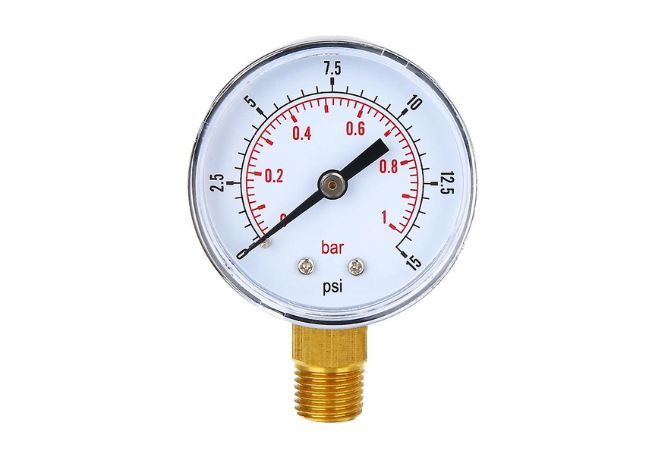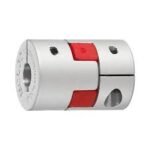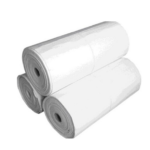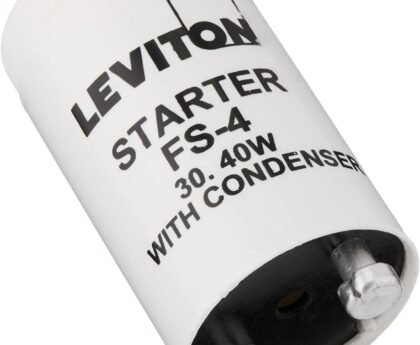Pressure gauges play an indispensable role in various industrial and everyday applications. From ensuring that your car tires are adequately inflated to guaranteeing the safe operation of boilers and industrial machinery, they are at the heart of many essential processes. However, for many, the intricacies of pressure gauges remain a mystery. This article aims to demystify their operations and guide you from understanding the basic principles to utilizing them at full scale.
Understanding the Basics: What is a Pressure Gauge?
At its core, a pressure gauge is a device used to measure the pressure of gases or liquids. They are especially useful in ensuring that systems are operating within safe parameters. Most gauges measure pressure relative to atmospheric pressure as the baseline. That is, a gauge might read zero under atmospheric conditions, but in reality, this means it’s at atmospheric pressure, not devoid of any pressure.
Types of Pressure Gauges
Different situations call for different types of gauges, each with unique functionalities. The main types include:
- Mechanical Gauges: These are the most traditional type. They operate without electricity, often using a bourdon tube, a diaphragm, or a capsule to move a pointer.
- Digital Gauges: These gauges use electronic sensors and display the pressure reading on a digital screen. They offer higher accuracy, easier readability, and often come with additional features.
- Differential Pressure Gauges: These measure the difference in pressure between two points in a system, helping to ensure flow rates and optimize system performance.
Reading Scales and Units
Pressure gauges can be read in various units, the most common being Pascals (Pa), pounds per square inch (psi), or bars. The choice of unit often depends on industry standards and regional preferences.
Most gauges come with a scale that starts from zero and goes up to the maximum pressure the gauge can measure. This is known as the ‘full scale.’ However, for accuracy’s sake, it’s advisable never to operate a gauge close to its full-scale limit regularly.
Accuracy and Tolerance
Not all pressure gauges are created equal. They come with different levels of accuracy, often expressed as a percentage of the full scale. For instance, a 1% full-scale gauge with a maximum of 100 psi can have an error of ±1 psi.
Tolerance, on the other hand, refers to the acceptable range of variation in a particular setting. Knowing the accuracy and tolerance of a gauge is crucial to ensure safe and efficient operations.
Maintenance and Calibration
Like all precision instruments, pressure gauges require regular maintenance and calibration:
- Routine Inspection: Regularly inspect the gauge for any signs of wear, corrosion, or damage. Ensure that it’s securely fastened and that there’s no leakage around it.
- Calibration: Over time, a gauge can lose its accuracy. Calibrating it against a known standard ensures that it continues to give correct readings.
- Replacement: Sometimes, repair and calibration might not be enough. Depending on the frequency of use and operating conditions, a pressure gauge might need replacement after a certain period.
Safety Considerations
Given that pressure gauges are often used in situations where overpressure can lead to catastrophic failures, safety is paramount. Here are some essential tips:
- Avoid Overpressure: Always choose a gauge with a full-scale reading that’s around 1.5 to 2 times the system’s maximum operating pressure.
- Environment Matching: Ensure that the gauge is suitable for the environment. For instance, a pressure gauge meant for indoor use might not be waterproof and can fail outdoors.
- Regular Check: Frequently inspect for signs of malfunction like erratic readings or a pointer that doesn’t return to zero when pressure is released.
Conclusion
Navigating the world of pressure gauges might seem complex initially, but with an understanding of the basic principles, types, and safety considerations, you can confidently utilize them to their full potential. Remember, at the heart of every gauge is a commitment to safety and efficiency. By choosing, maintaining, and using them correctly, you ensure the smooth operation of various systems that rely on precise pressure measurements.




